Infiniti QX50 Is Selling Like It's 2008, You So 2000 And Late
The tiny, centre-mounted screen is controlled by a wheel and a mound of buttons. Controls for power seat memory protrude from the driver’s door, demanding the attention that protruding things tend to demand. Rubbing the driver’s right knee is plastic surrounding the centre console that would seem out of place in a car costing 10 grand less. The 3.7-liter V6 ignites with a level of coarse grumbliness that suggests Infiniti spent slightly more time on NVH than Blue Bird does on school buses. The faux wood applique — with which Infiniti liberally encompassed the shifter, climate, and audio controls — may be the same stuff Hyundai once used to make the XG300 appear upmarket.
Yet the QX50, riding as it does on only a slightly elevated 370Z architecture, is ridiculously fun to hustle down an empty rural road. The level of standard horsepower, 325 ponies at 7,000 rpm, shames its competitors. And for 2016, the Infiniti QX50 can ferry live human passengers in its rear seat.
As a result, U.S. sales of the Infiniti QX50 jumped 473 percent over the last five months.
In fact, based on its recent selling pace, the QX50 will attract more buyers in 2016 than at any point in the model’s long history.
Originally released in 2007 to some confusion — is it a G35 hatchback or just a forerunner to low-slung SUVs? — the QX50 was called the EX35. Sales peaked in 2008 at 12,873 units, prior to the release of the Mercedes-Benz GLK, Audi Q5, and Volvo XC60.
Then began the EX/QX50’s long road to obscurity, certainly not helped by a downturn in the market; undoubtedly harmed by more obviously SUV-styled crossovers from rival luxury automakers. Sales plunged 38 percent in 2009, rebounded slightly in 2010, but then tumbled 74 percent between 2010 and 2013, even as demand for new vehicles steadily increased.
In 2016, however, Infiniti appears primed to sell at least 13,000 QX50s, an impressive achievement for a nine-year-old vehicle if not for the fact that most small luxury utilities continue to sell more often than the surging QX50; if we didn’t realize that even at Nissan’s struggling upmarket division – brand-wide sales are down 11 percent so far this year – the QX50 accounts for little more than one out of every ten Infiniti sales.
The story may sound familiar. Infiniti also stretched their big sedan, the Q70, and saw a massive increase in demand relative to the prior car’s appeal. But the Q70/Q70L remains a low-volume competitor of the Mercedes-Benz E-Class, BMW 5-Series, Cadillac CTS, Lexus GS, and Audi A6, selling just once for every 19 copies of those cars. Last year, overall Q70 sales jumped 67 percent, but it wasn’t even half as common as the fast-fading CTS.
From a purely volume perspective, the QX50 strategy is paying off in ways the Q70L’s never would, not in this increasingly sedan-rejecting era. Infiniti is currently selling 2.4 QX50s for every Q70 sedan. The Q70 was nearly four times more popular than the QX50 at this time last year.
Infiniti QX50 verdict: worth a look on performance/fun/value grounds even if it feels, in a few areas, like 2007. pic.twitter.com/2PoB6j5XoS
— GoodCarBadCar (@GoodCarBadCar) March 13, 2016
For the QX50, a wheelbase stretch of 3.2 inches produced around 4 extra inches of necessary rear legroom. Infiniti’s marketers were once again permitted to feature the little crossover. The QX50 is further buoyed by greater appreciation for SUVs and crossovers in general. Sales in its segment are up 21 percent this year.
But Infiniti is placing no long-term hope on a lengthened version of a vehicle that originally debuted in 2007. Six out of every ten Infiniti sales are derived from the Pathfinder-based QX60, formerly known as the JX35, and the Q50 sedan, a successor to the G35, which propelled Infiniti back into a measure of limelight. Meanwhile, Infiniti’s next entry-level crossover isn’t an Infiniti at all, but a restyled Mercedes-Benz.
The GLA-Class, which itself is based on the CLA sedan/A-Class hatchback, becomes the Infiniti QX30 this year. Yes, for buyers who desire not the pretense of Mercedes-Benz ownership, the QX30 will be the affordable ticket into the realm of Infiniti utilities. There are certainly elements of the GLA, carried over to the QX30, that will provide an aura of modernity lacking in the QX50.
The aged QX50, however, is the one with engaging handling, prodigious thrust, weighty and accurate steering, a seven-speed automatic adept at holding gears at the right time, and an overarching sense of twisty-road know-how missing not only from the GLA but from many of the QX50’s firm-riding direct rivals.
While long an oddball choice, it’s true that the 2016 Infiniti QX50 is only slightly less so now. Yet evidently, there are luxury buyers who will overlook interior details in the interest of a surprisingly captivating driving experience.
[Images: Infiniti; © 2015 Mark Stevenson/The Truth About Cars)
Timothy Cain is the founder of GoodCarBadCar.net, which obsesses over the free and frequent publication of U.S. and Canadian auto sales figures. Follow on Twitter @goodcarbadcar and on Facebook.
More by Timothy Cain
Latest Car Reviews
Read moreLatest Product Reviews
Read moreRecent Comments
- SCE to AUX "...to help bolster job growth and the local economy"An easy win for the politicians - the details won't matter.
- Kjhkjlhkjhkljh kljhjkhjklhkjh so now we will PAY them your tax money to build crappy cars in the states ..
- SCE to AUX Yes, I'll miss it, and it doesn't make sense to kill off your 3rd-best seller. 2023 was its best year since 2018.
- SCE to AUX This was the same car I had (05 xB, stick, "camouflage" color) for 7 years - great car.We called ours "The Lunchbox". I added aftermarket wheels, and the 3rd-party cruise control the dealers could install.It suffered only two failures: bad window switch in week 2 (dealer fixed in 1 hour), bad trailing O2 sensor (fixed myself for $70). Fuel economy was always 28-34 mpg.It was a potential death trap, and ride quality became unbearable after 2 hours. I once did a 10-hour round trip in it and could barely walk after.Traded it for a 2012 Leaf, which was a better car in some ways.
- Bd2 The "e" nomenclature signifies the e-ATPs which BMW is pursuing.



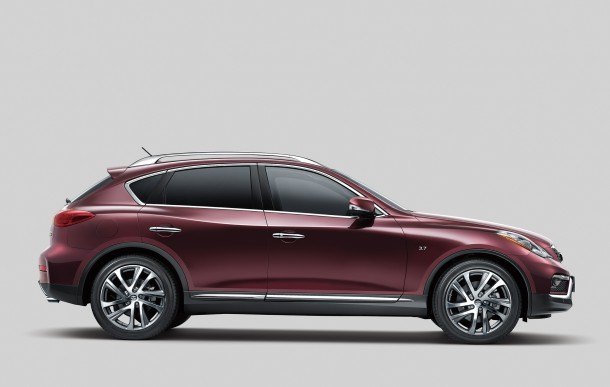

















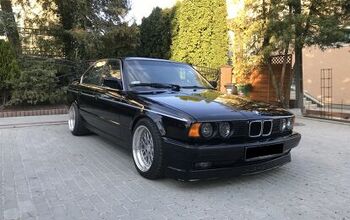


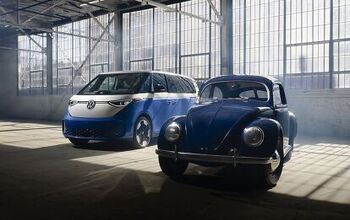

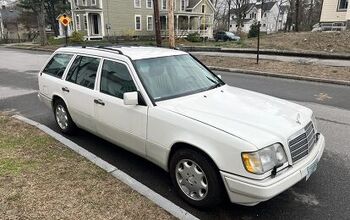

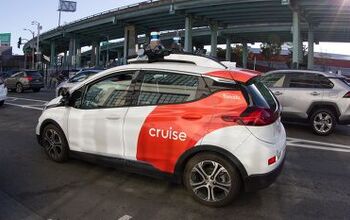


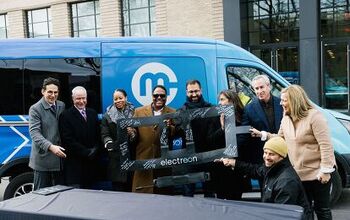
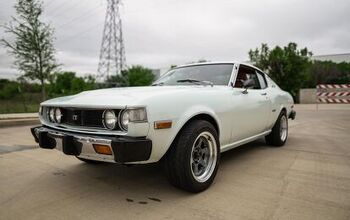
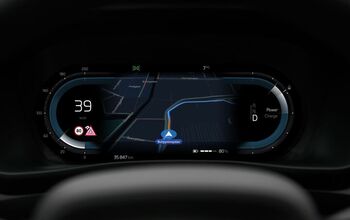
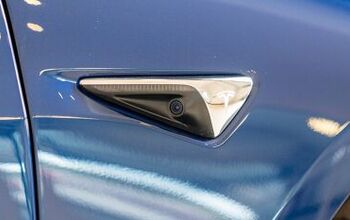

Comments
Join the conversation
Would it hurt you to use English in headlines? I don't have the foggiest clue what it's supposed to mean. I know the words are drawn from English vocabulary, but the language seems to be something else.
I've owned an 04 G35 Coupe for almost 11 years that I sold 2 years ago. Loved the design, but fit and finish are problematic throughout the entire Infinity line to this day. I'm sure over time, the QX50 along with all other models suffer with their interiors falling apart and disintegrating prematurely. Yes, the rear wheel drive is a plus, but the engine is loud and uncivilized. It's a great car, but dated, but choices are few giving it a plus in the value department.